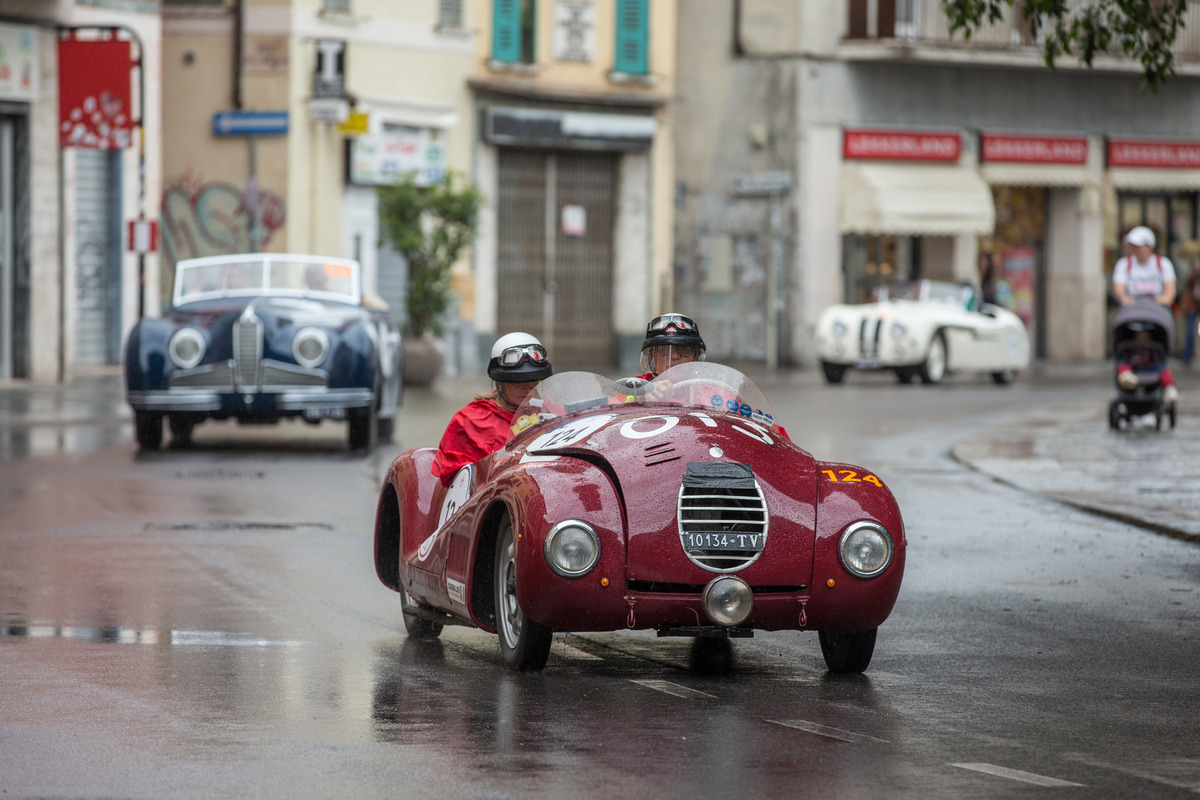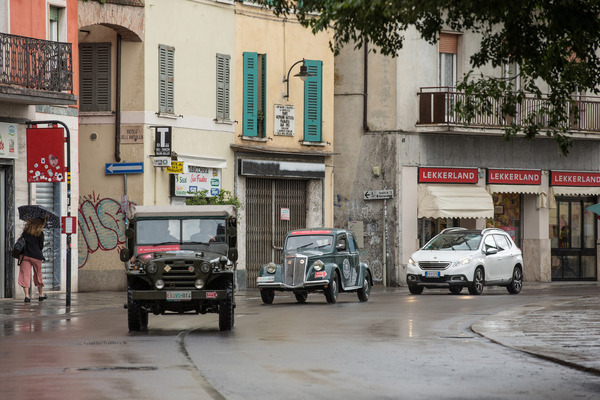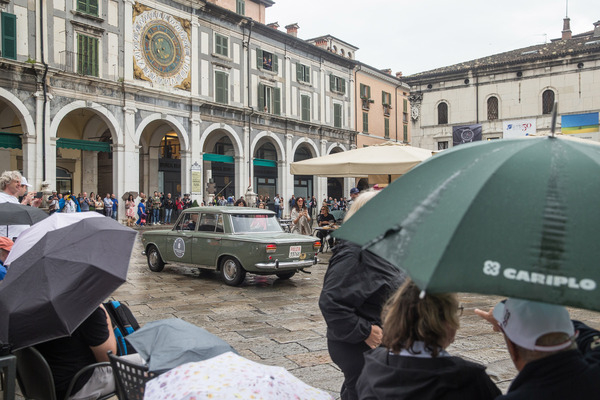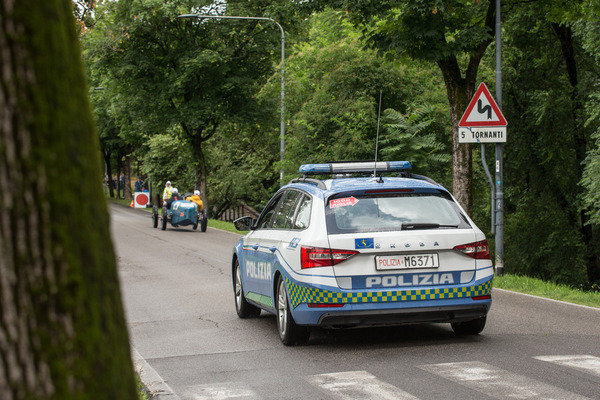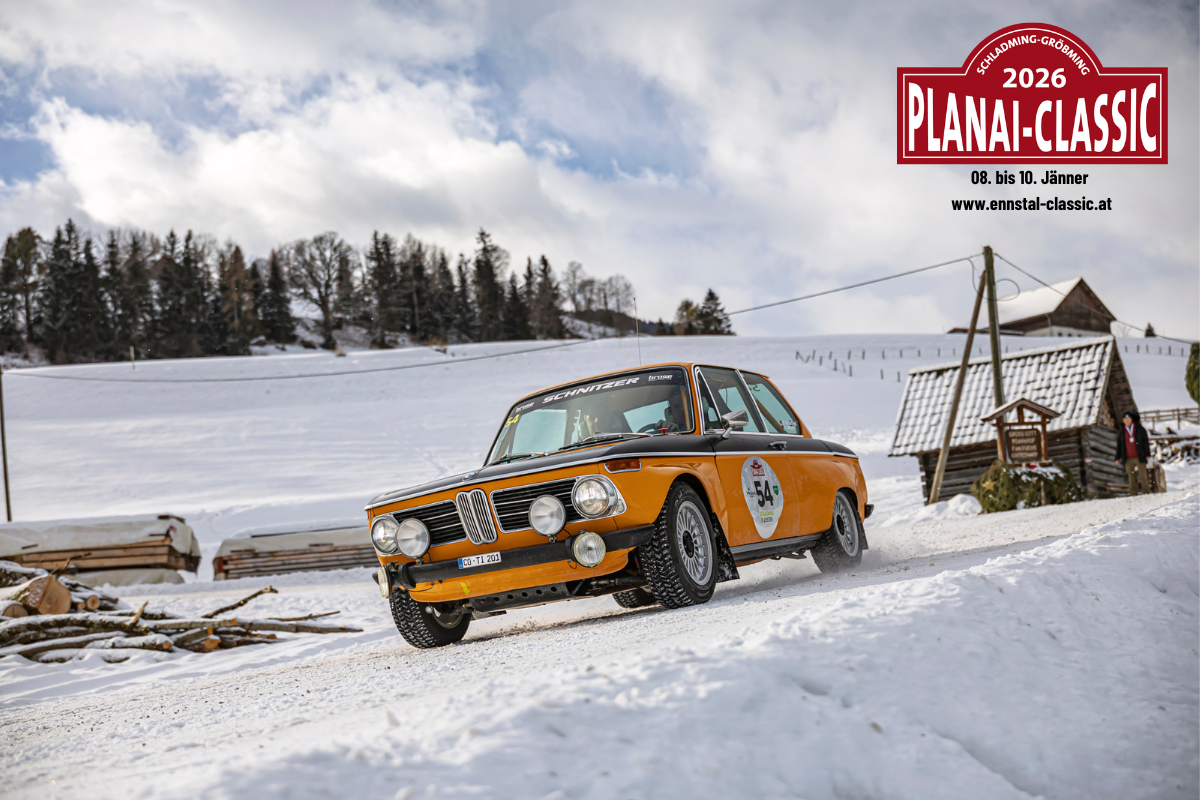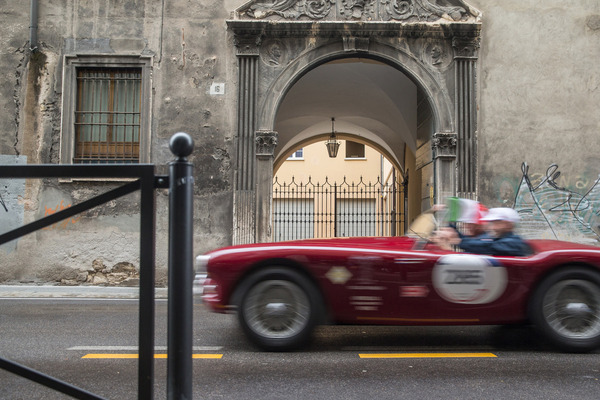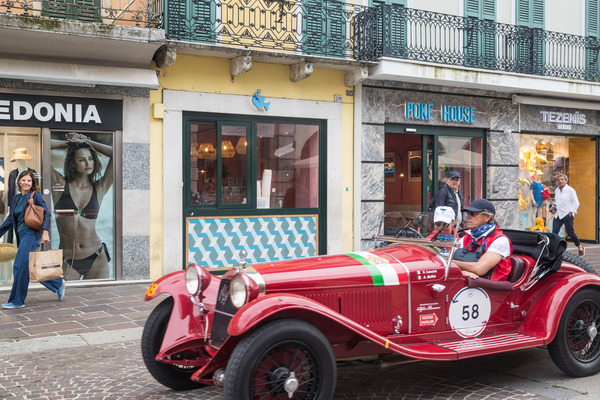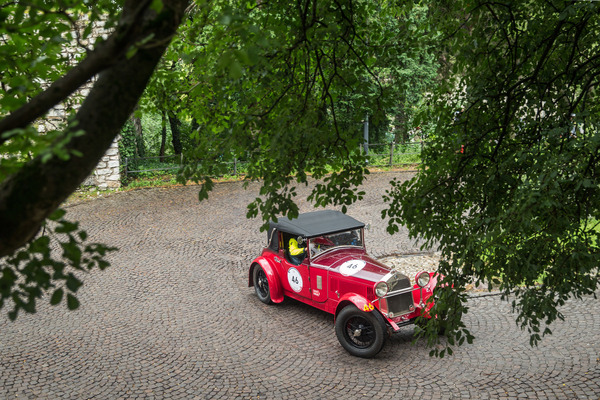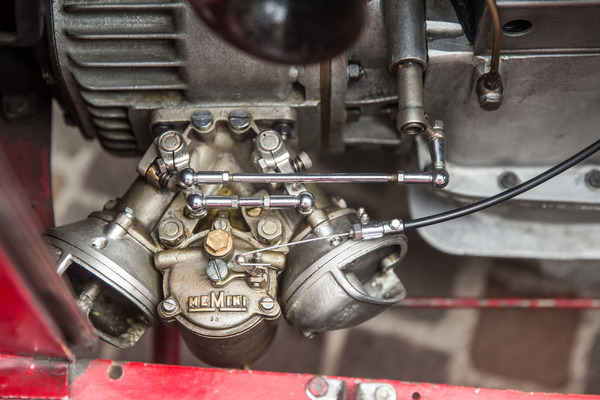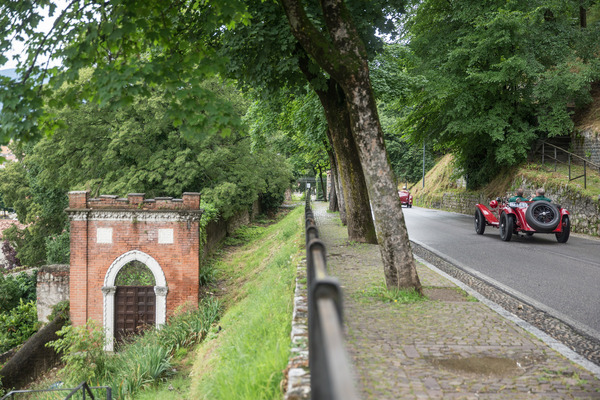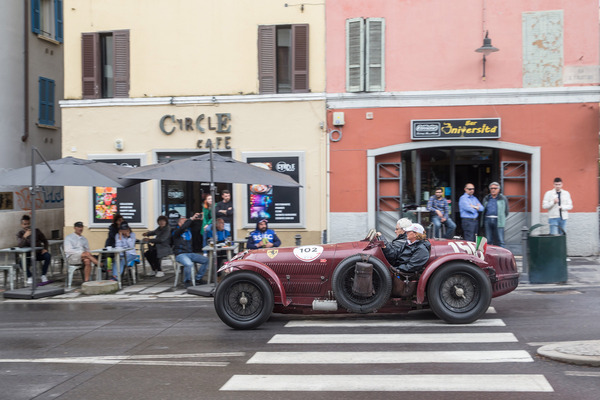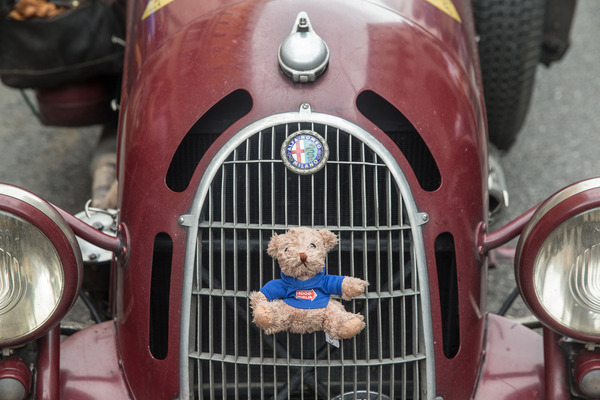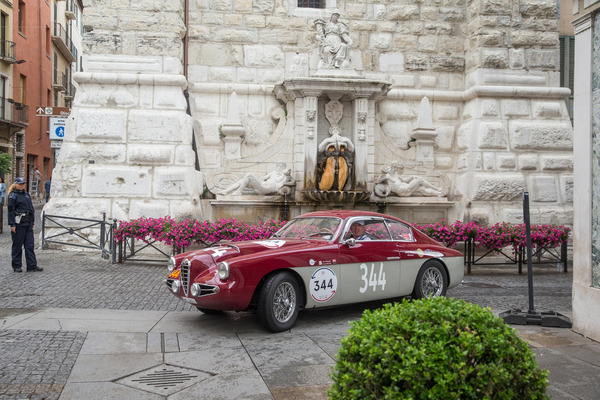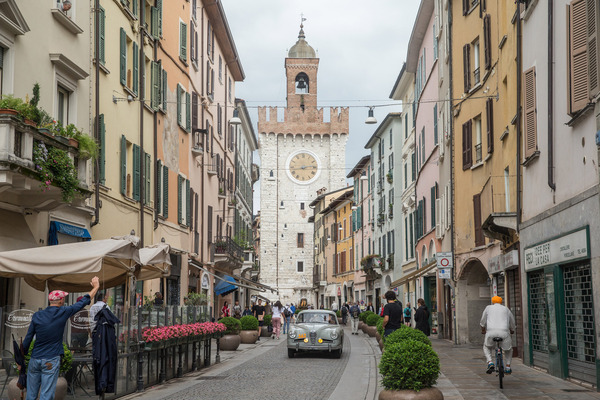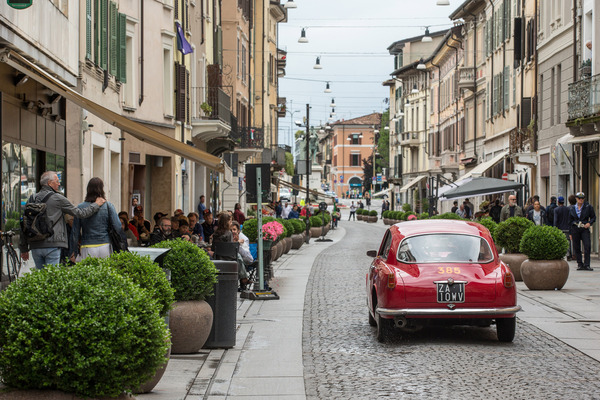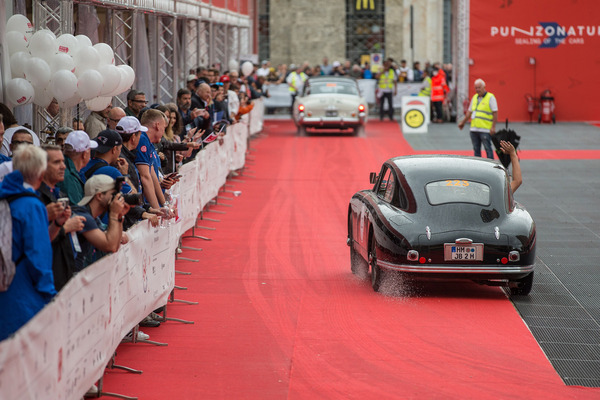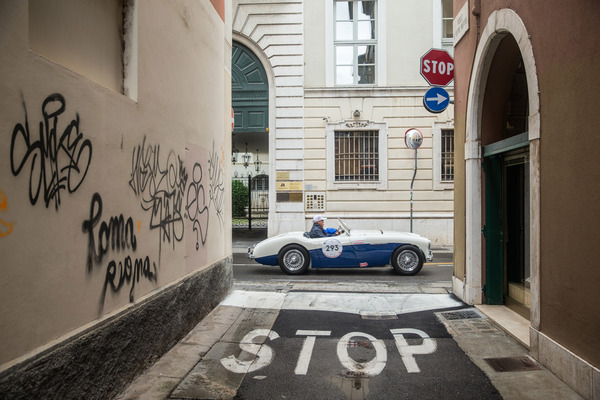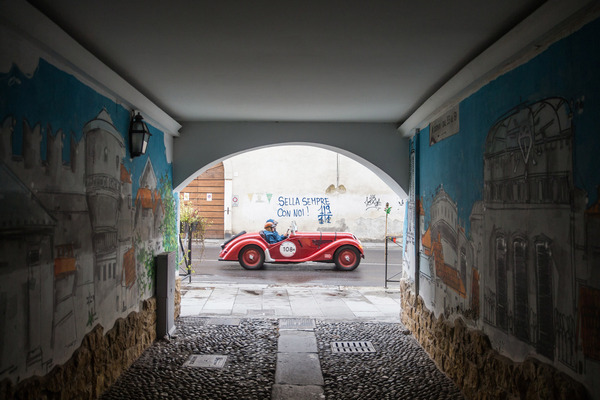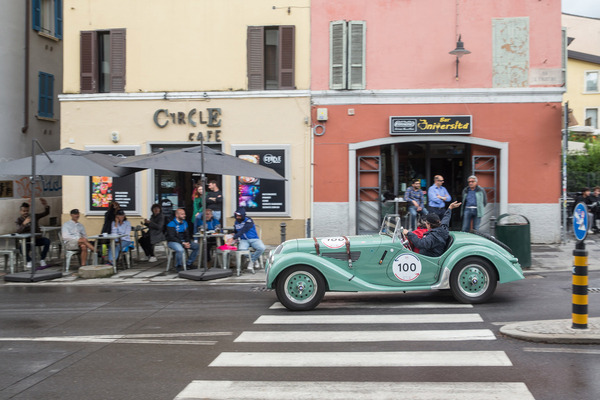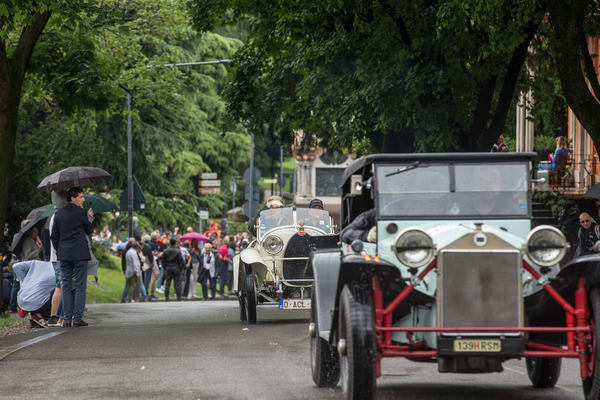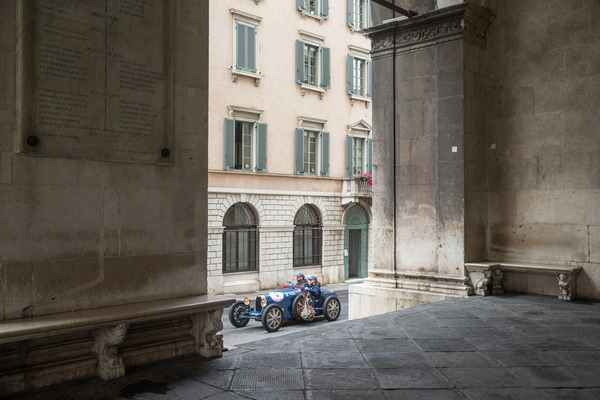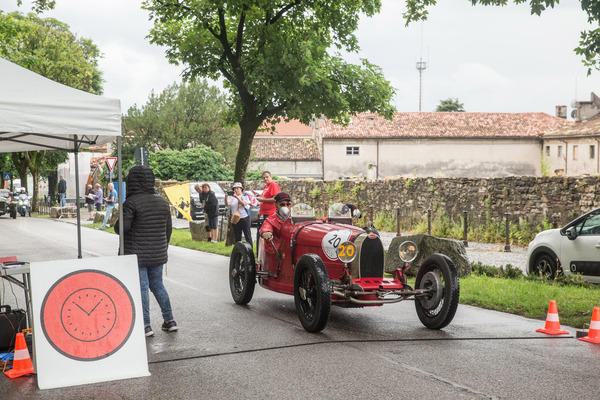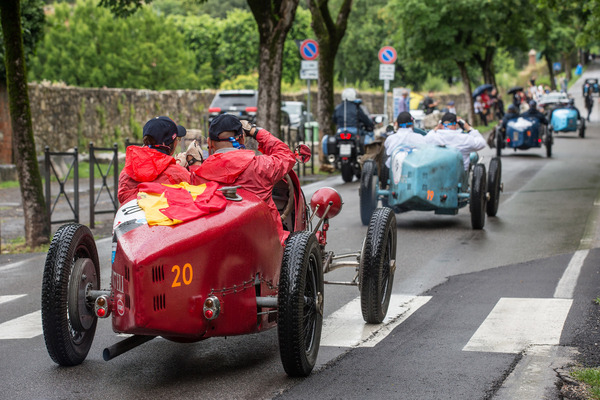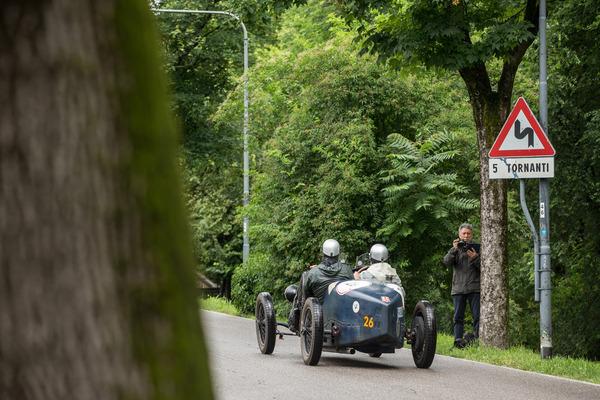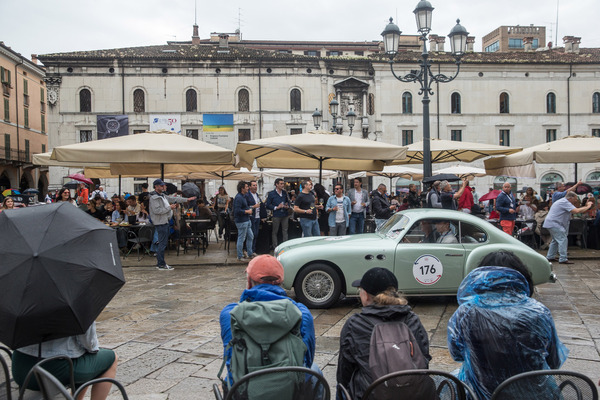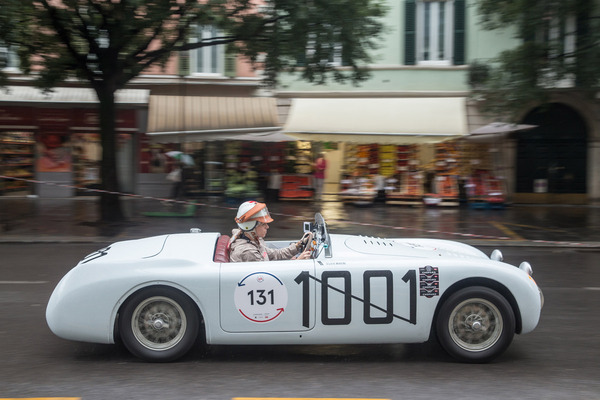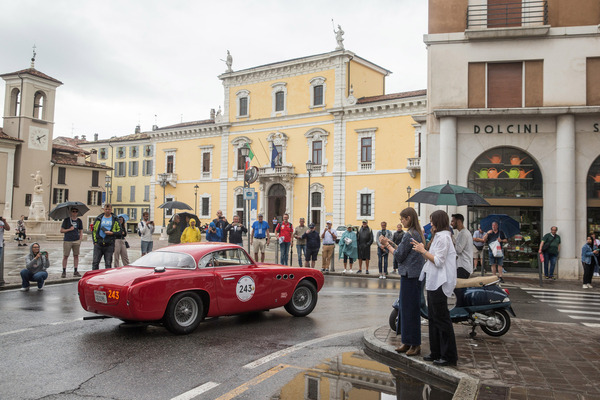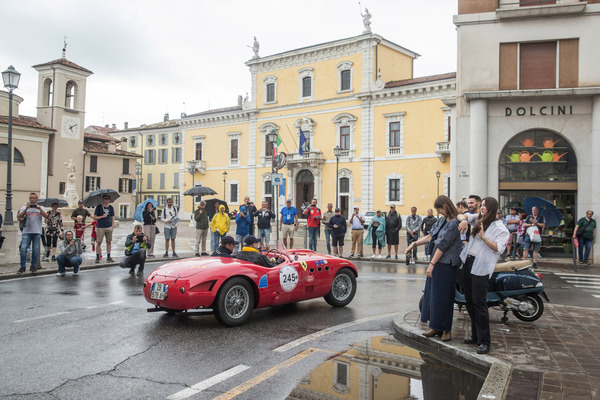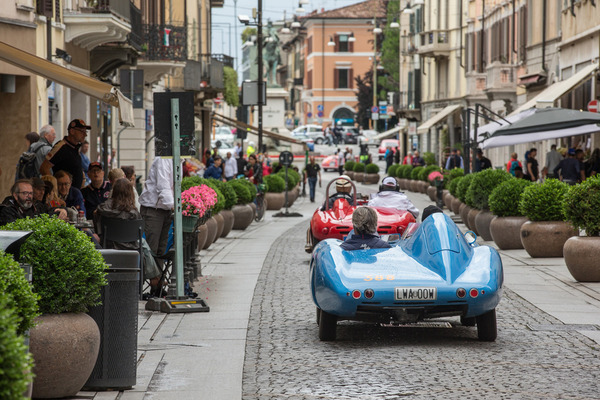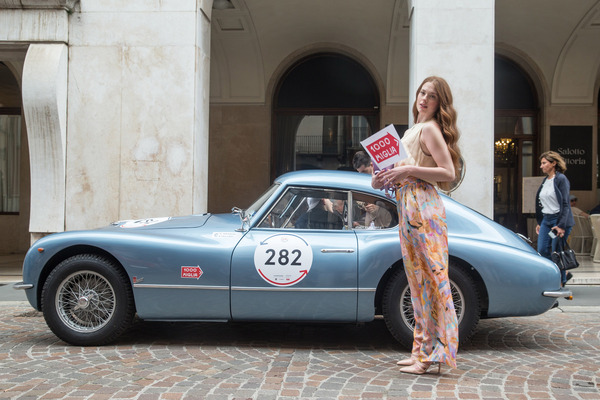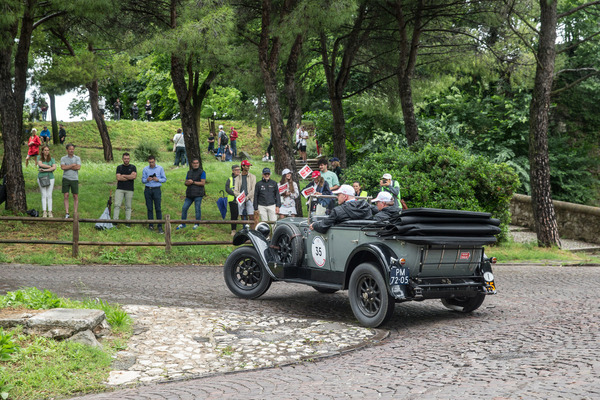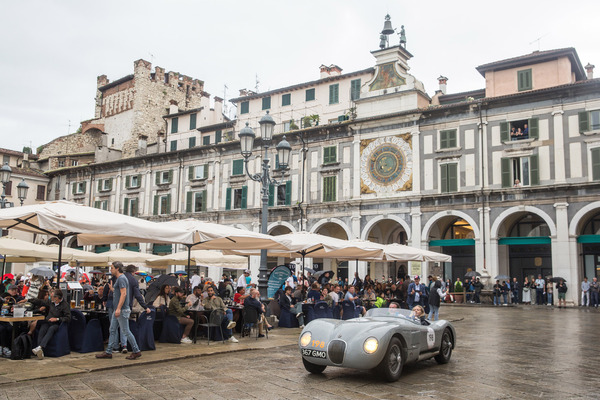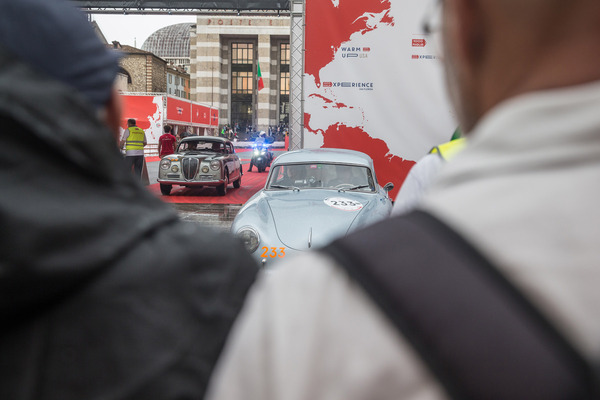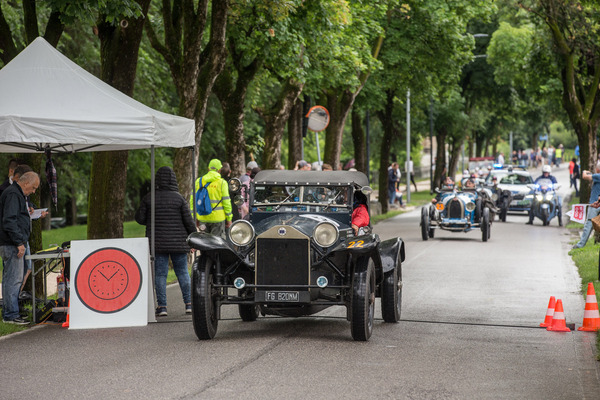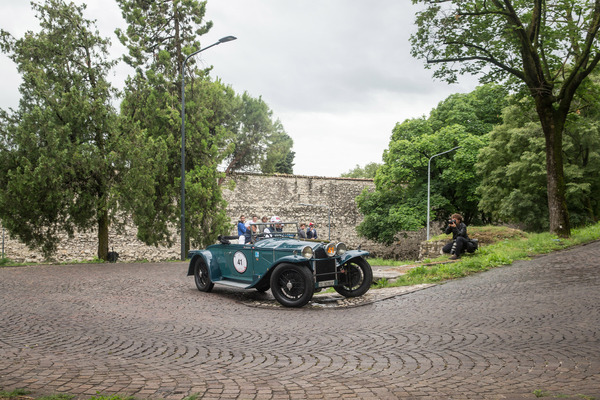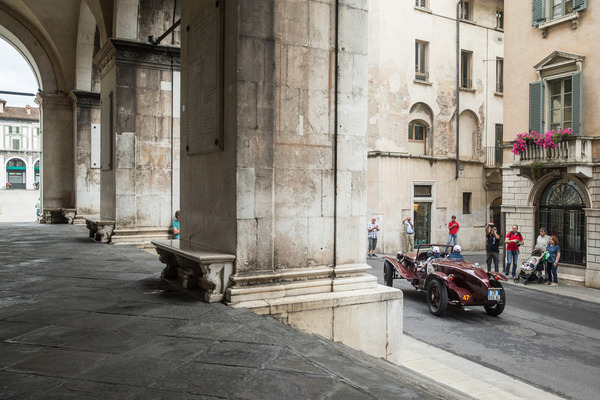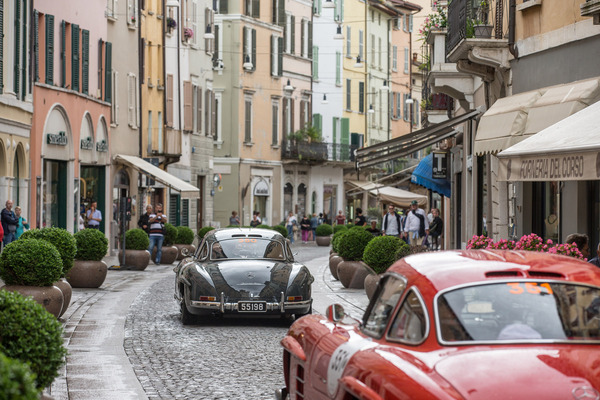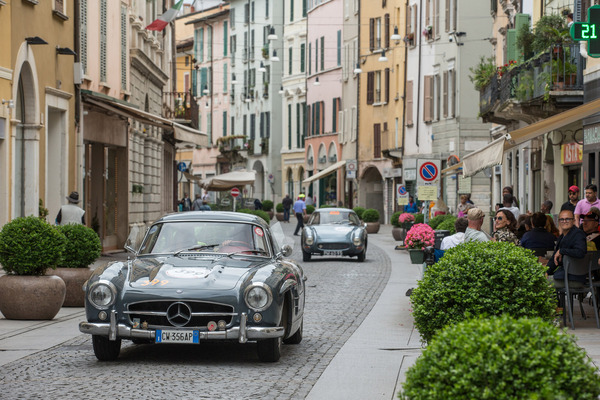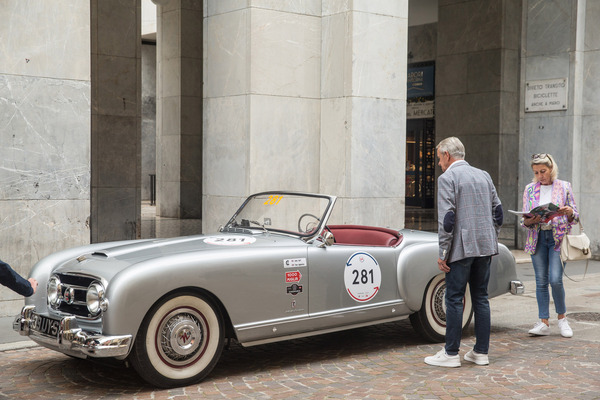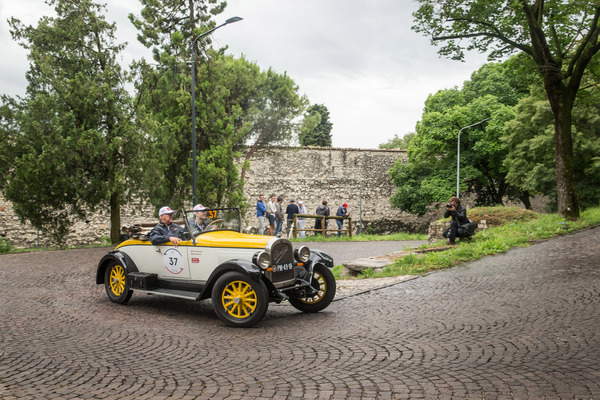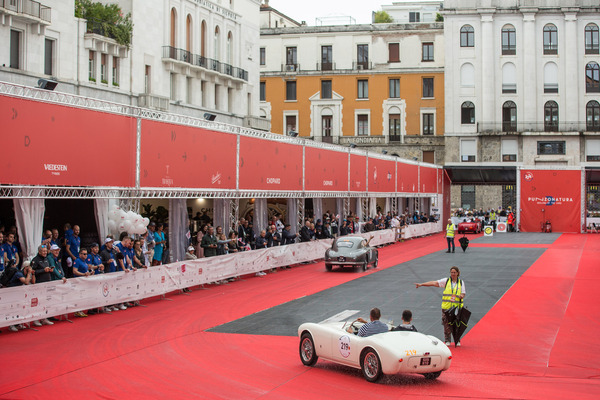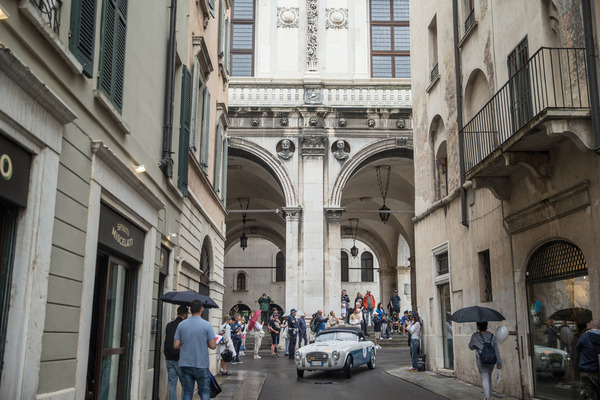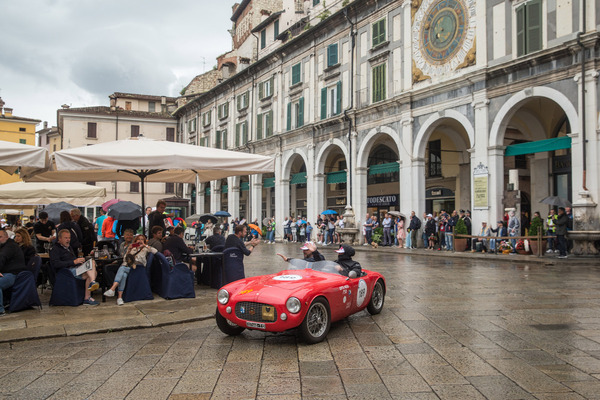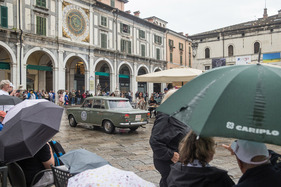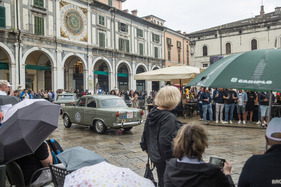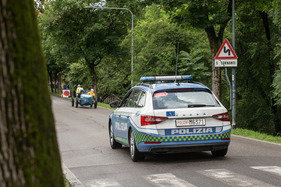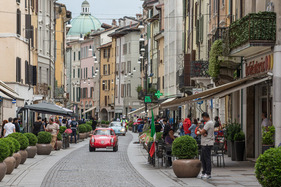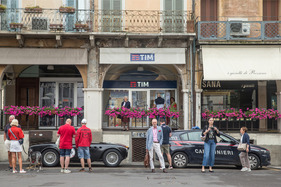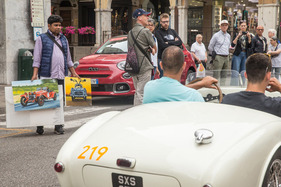On Saturday, June 15, 2024, the 1000 Miglia 2024, which covered a 2200 km route for the first time, came to an end. The 421 participating teams with their classic cars built between 1927 and 1957 drove the classic route from Brescia to Rome and back in an anti-clockwise direction, just like the heroes of the first editions of the 1000 Miglia.

For the first time, the stages also included the city of Turin, as well as Viareggio, Rome and San Lazzaro di Savena, before returning to Brescia on the final stage.
Record winners
Andrea Vesco and Fabio Salvinelli made Mille history with their 1929 Alfa Romeo 6C 1750 SS Spider Zagato. They won the 1000 Miglia for the fourth time in a row, a record that will be difficult to break in the future. For Vesco, it was his fifth victory in a row, having already triumphed together with his father in 2020.
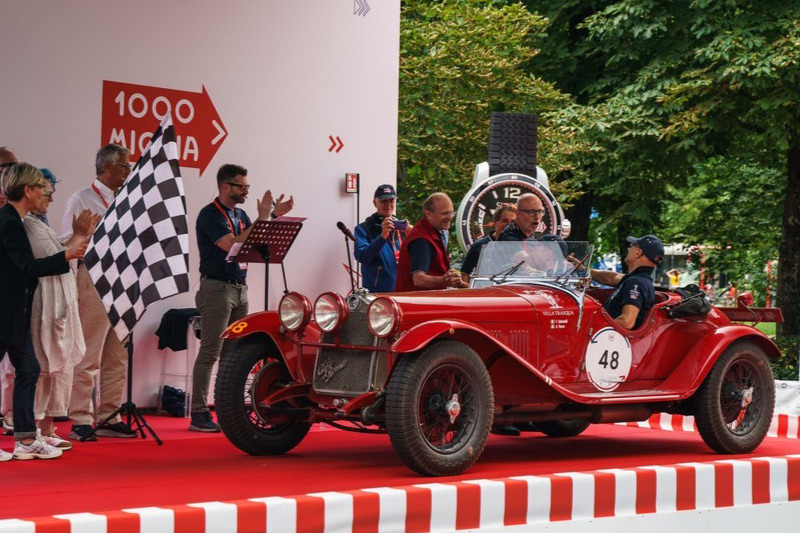
Vesco said at the finish line: "We are happy, how could we not be! We managed to take the lead on the first stage this year, which we were actually able to hold on to until the finish." It was a start-to-finish victory.
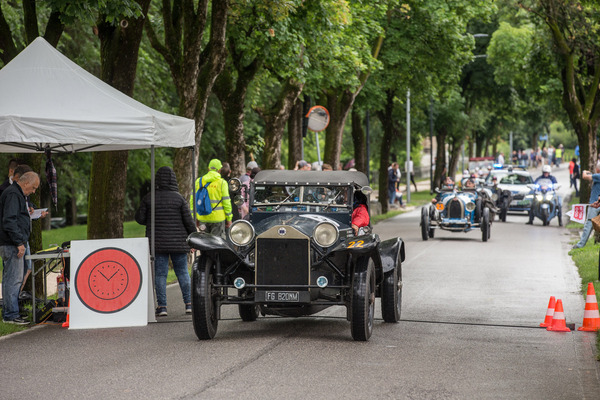
Behind the clear winners, however, there was a close battle: in the end, Gianmario Fontanella and Anna Maria Covelli took a well-deserved second place in a 1927 Lancia Lambda Casaro Serie VII, followed by Alberto Aliverti and Stefano Valente, who also competed in a 1929 Alfa Romeo 6C 1750.

They were followed by a further 23 pre-war cars, mostly built between 1927 and 1931, until the first post-war car, a Cisitalia 202 S MM Spider from 1947, appeared in the classification. Conclusion: If you want to win the 1000 Miglia, you are well advised to compete with a fairly old Alfa, Lancia, OM or Bugatti.
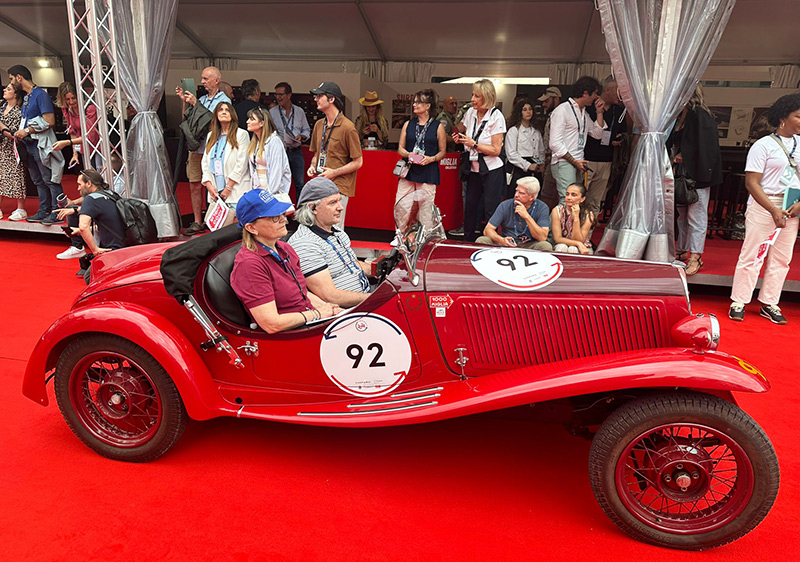
This is also demonstrated by the performance of the Swiss team Stefano Ginesi and Susanna Rohr, who finished 24th overall in a Fiat 508 S Balilla Coppa D from 1934 - the best placing of such a "young" car with a coefficient of 1.60.
Big rush
While the number of participants increased to over 400, despite the impressive entry fee of around 15,000 euros and more, with a long waiting list to boot, just seven vehicles with plugs took part in the green eco-wave. But the very idea of having modern electric cars drive the Mille seems pretty outlandish.

Around a third of the 425 cars on the grid were built before the Second World War, while over 100 were built between 1955 and 1957. The fact that Italian brands predominated can be explained by the history of the race, although some non-Italian exotics also made it into the field, such as a DKW Monza 3=6, several Lotus Elevens, an Alpine A106 and a Rover 75. Americans were also well represented.
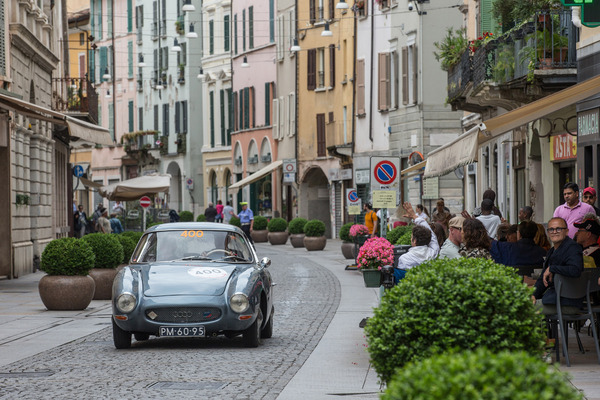
Folk festival
As far as the real Mille Miglia was concerned, it was once again a huge crowd-puller this year. Thousands of fans lined the roadsides along the 2200 kilometers despite the sometimes bad weather.
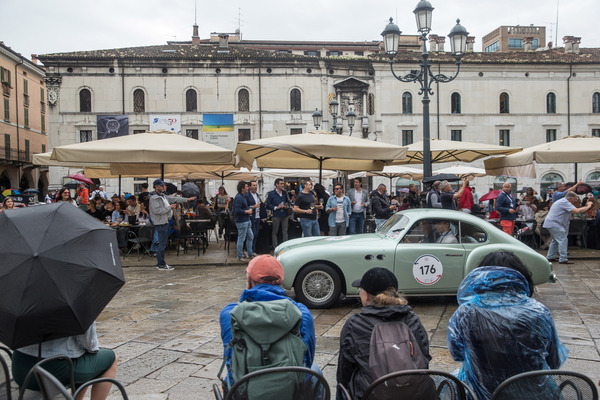
People cheered, waved and waved thousands of 1000 Miglia flags, in many places of course in connection with a big folk festival.
Longer and further
What the great heroes did in one go between 1927 and 1957 now takes five full days. Stirling Moss drove the 1600 km in 1955 in just 10 hours 7 minutes and 48 seconds. In June 2024, the men and women drove 600 kilometers further.
There were also a few "heroes" at the start, including Jacky Ickx (former F1 vice world champion in 1969 and 70, as well as 6-time Le Mans winner, Giancarlo Fisichella (3-time GP winner) and Nicola Larini (DTM champion).
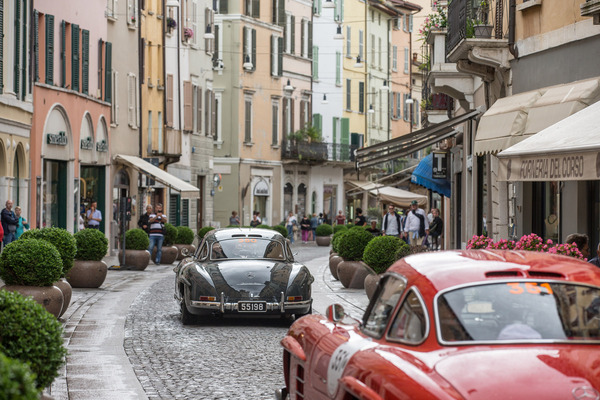
The 1000 Miglia is and remains the most famous and most successful classic car rally and as long as you can't win with a modern electric car, you can change the route and the duration of the event.
